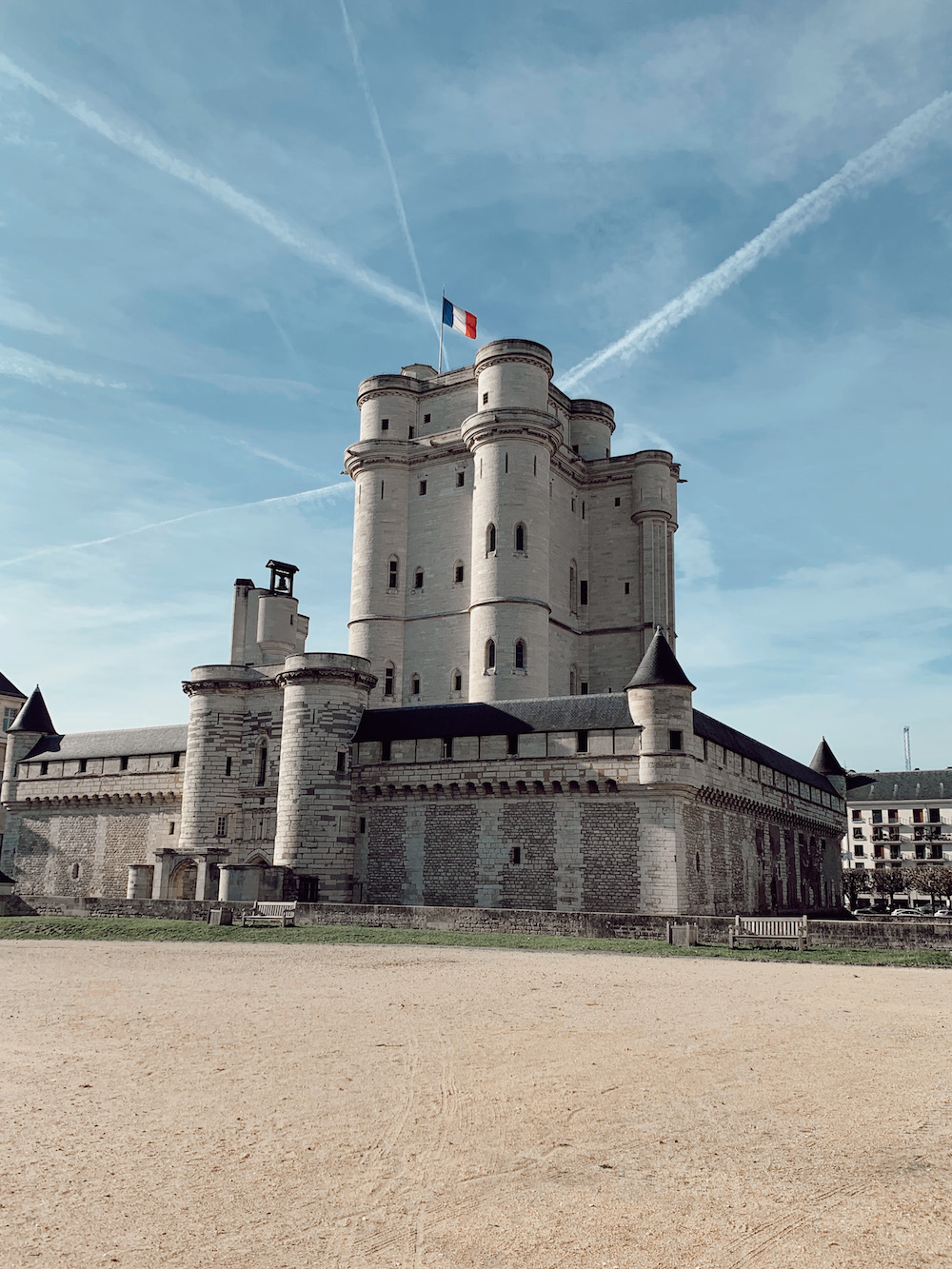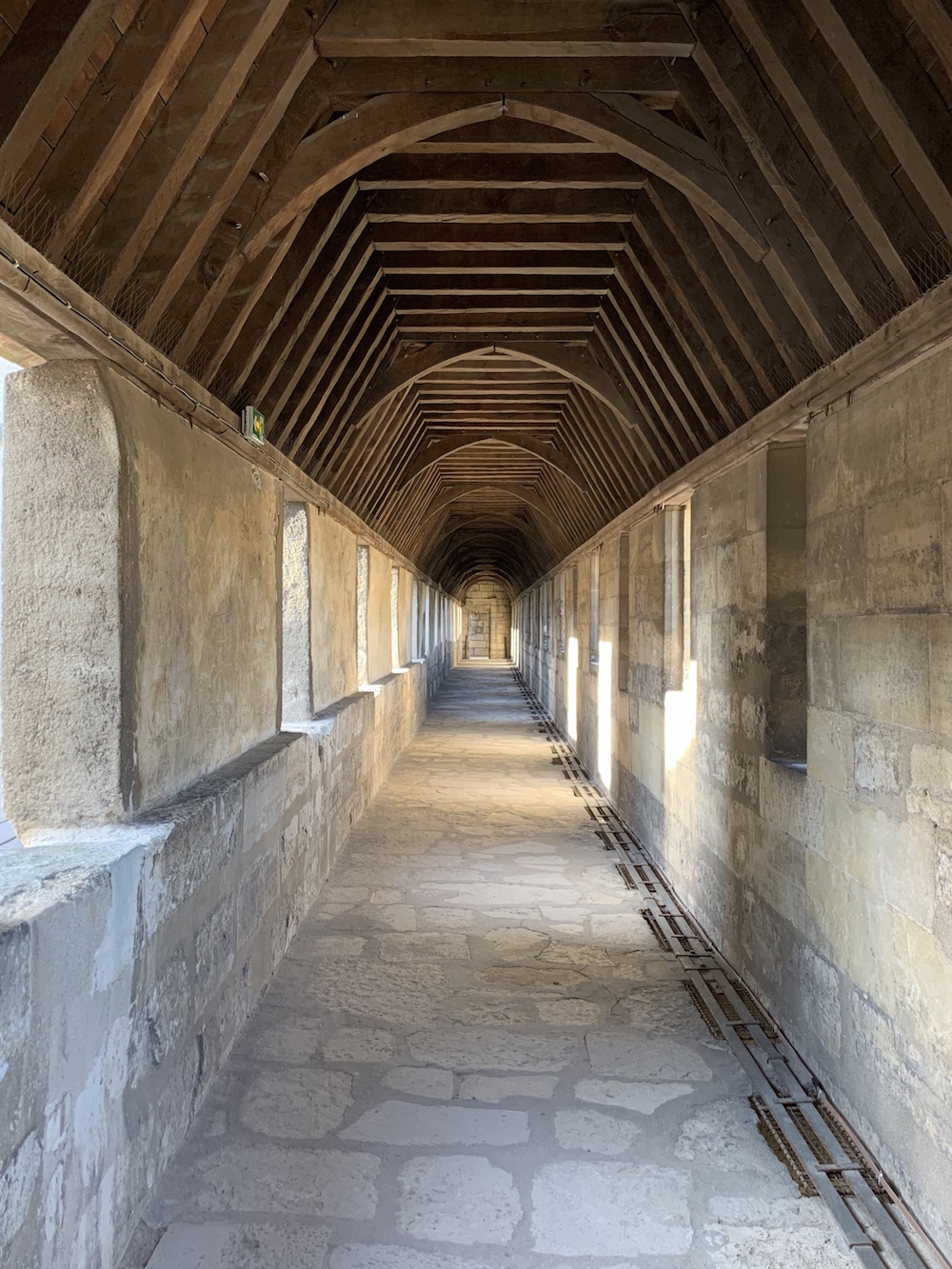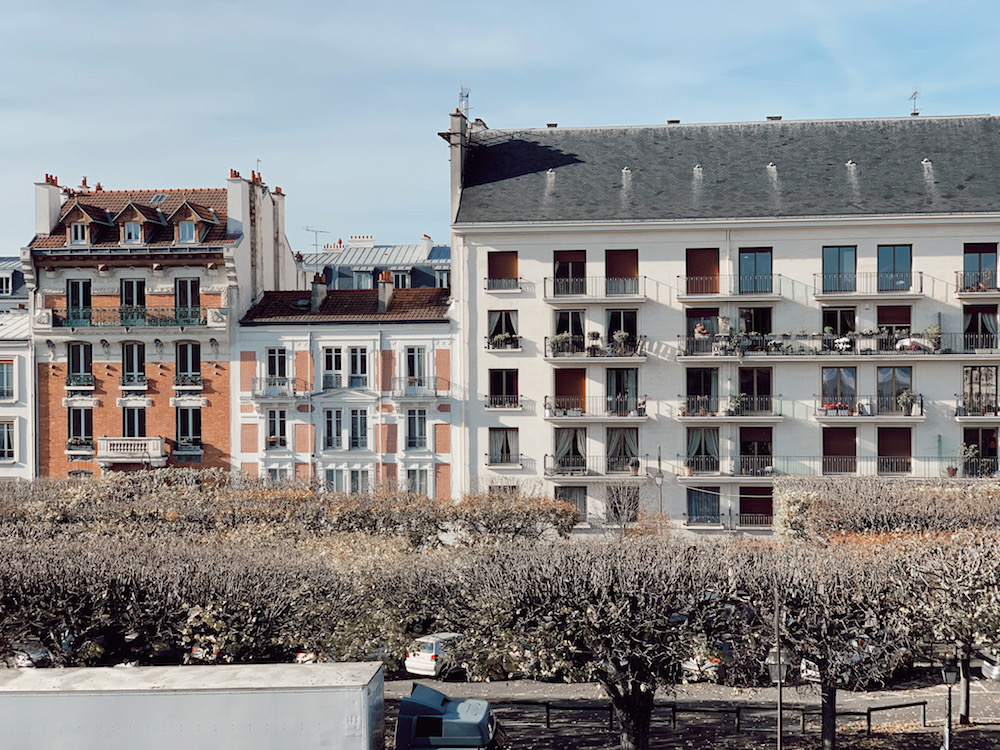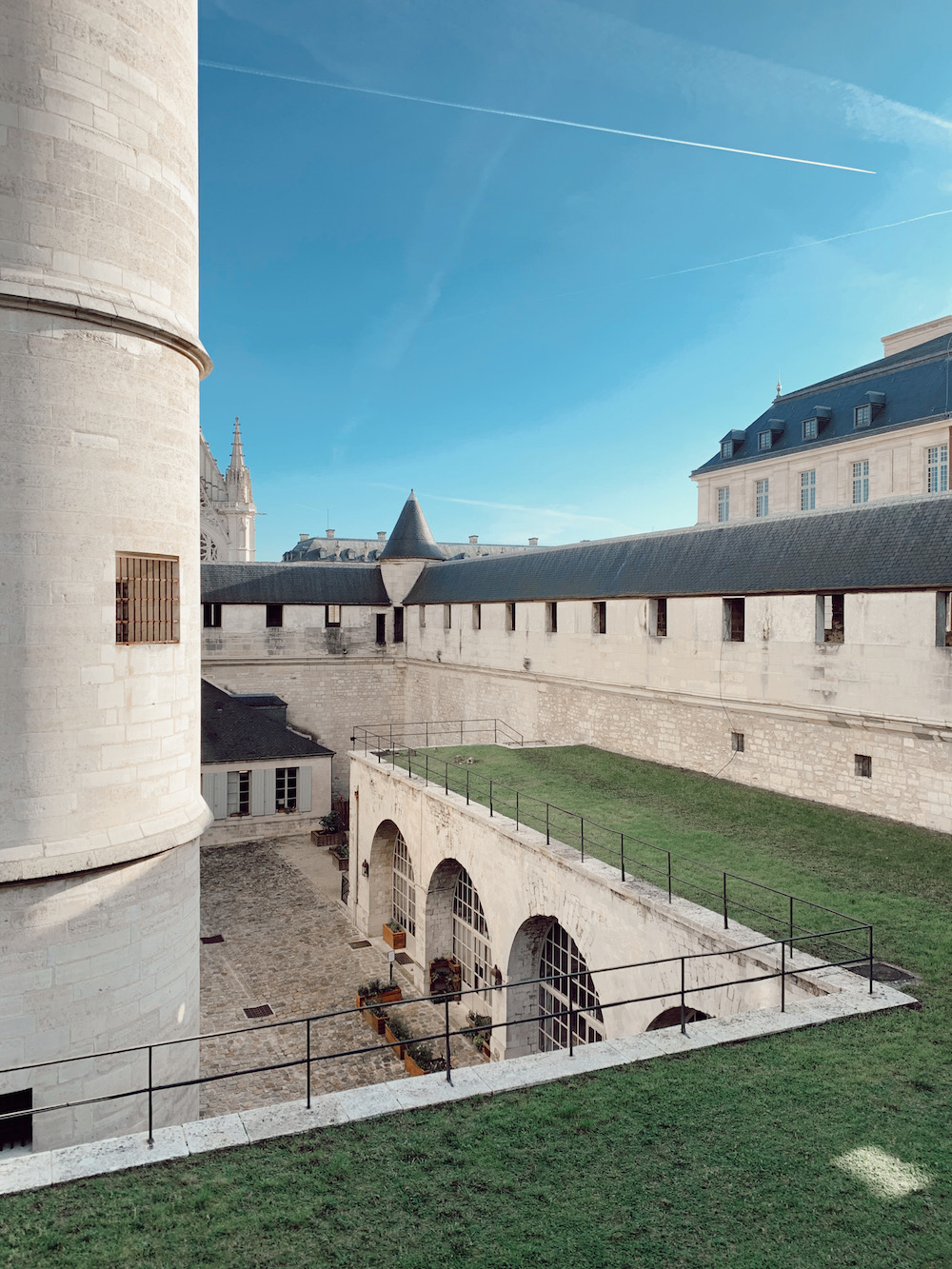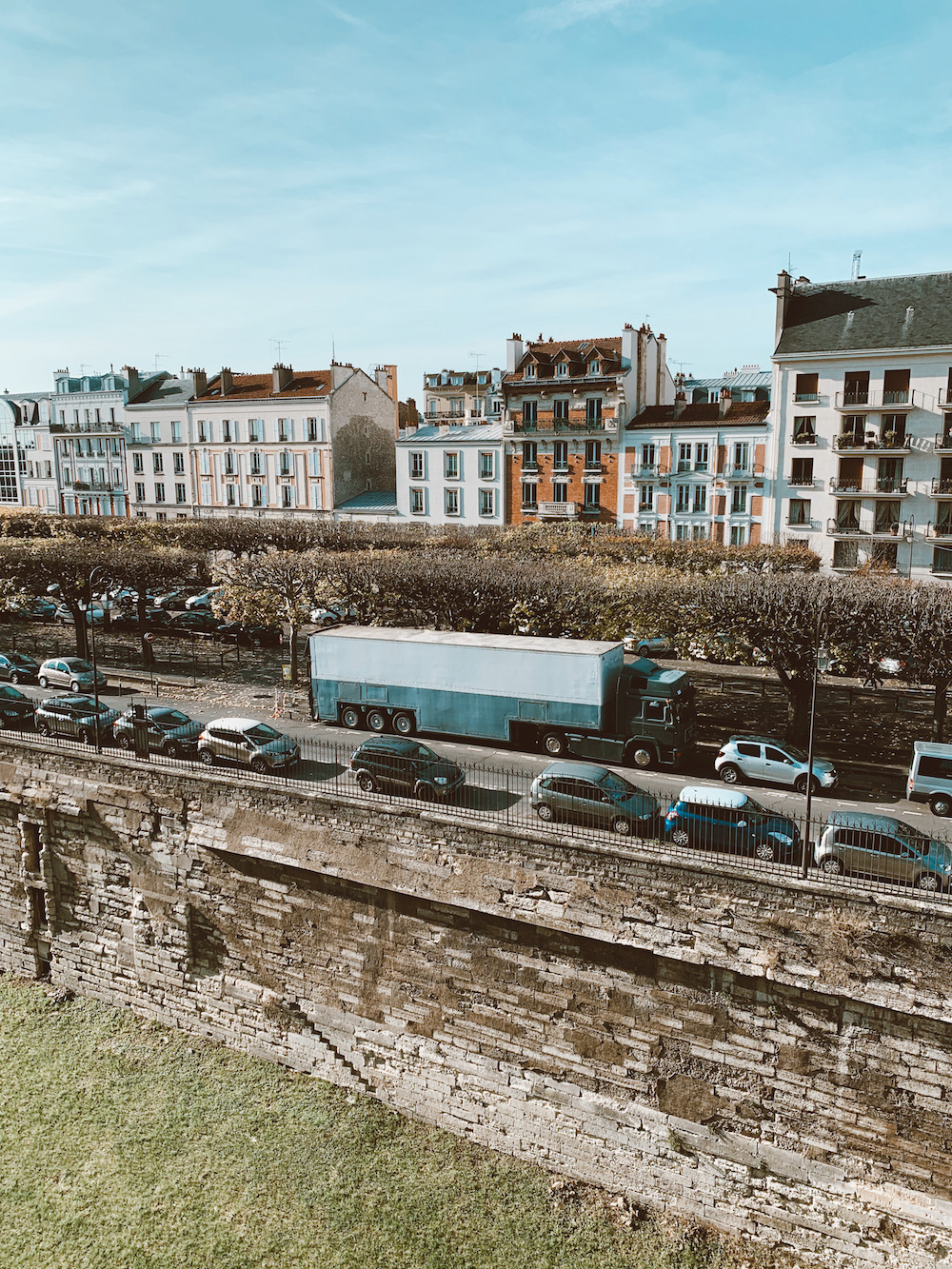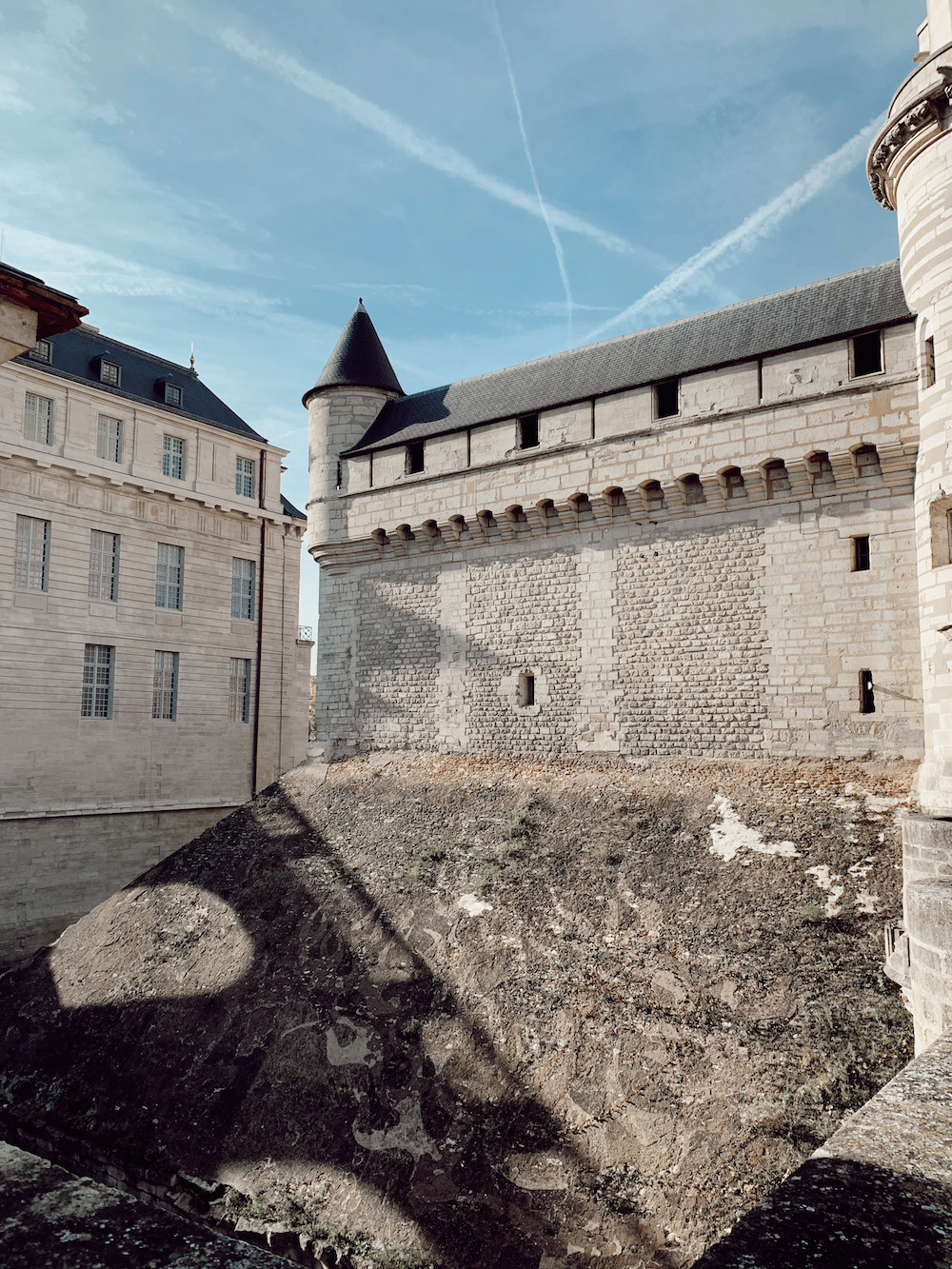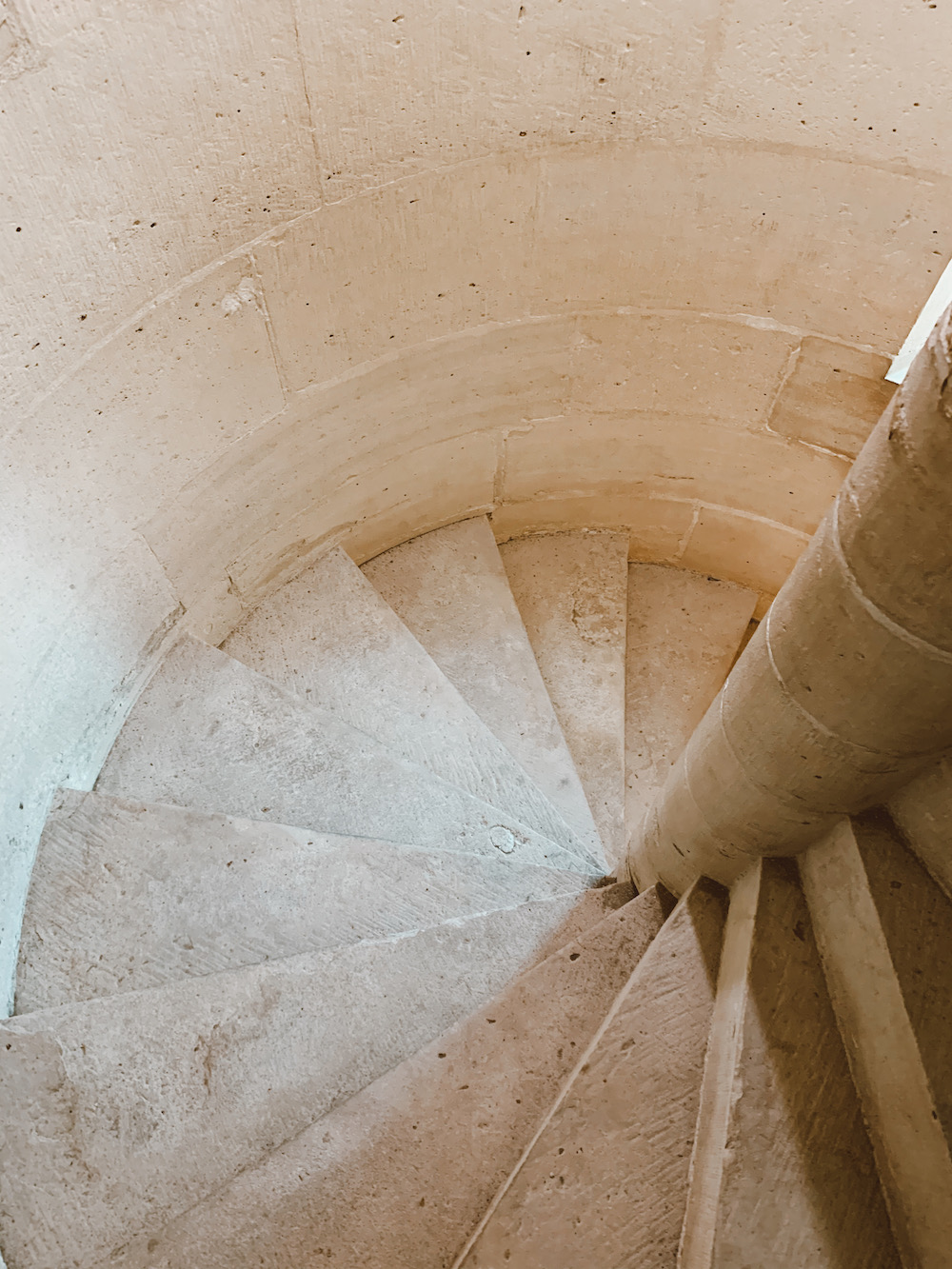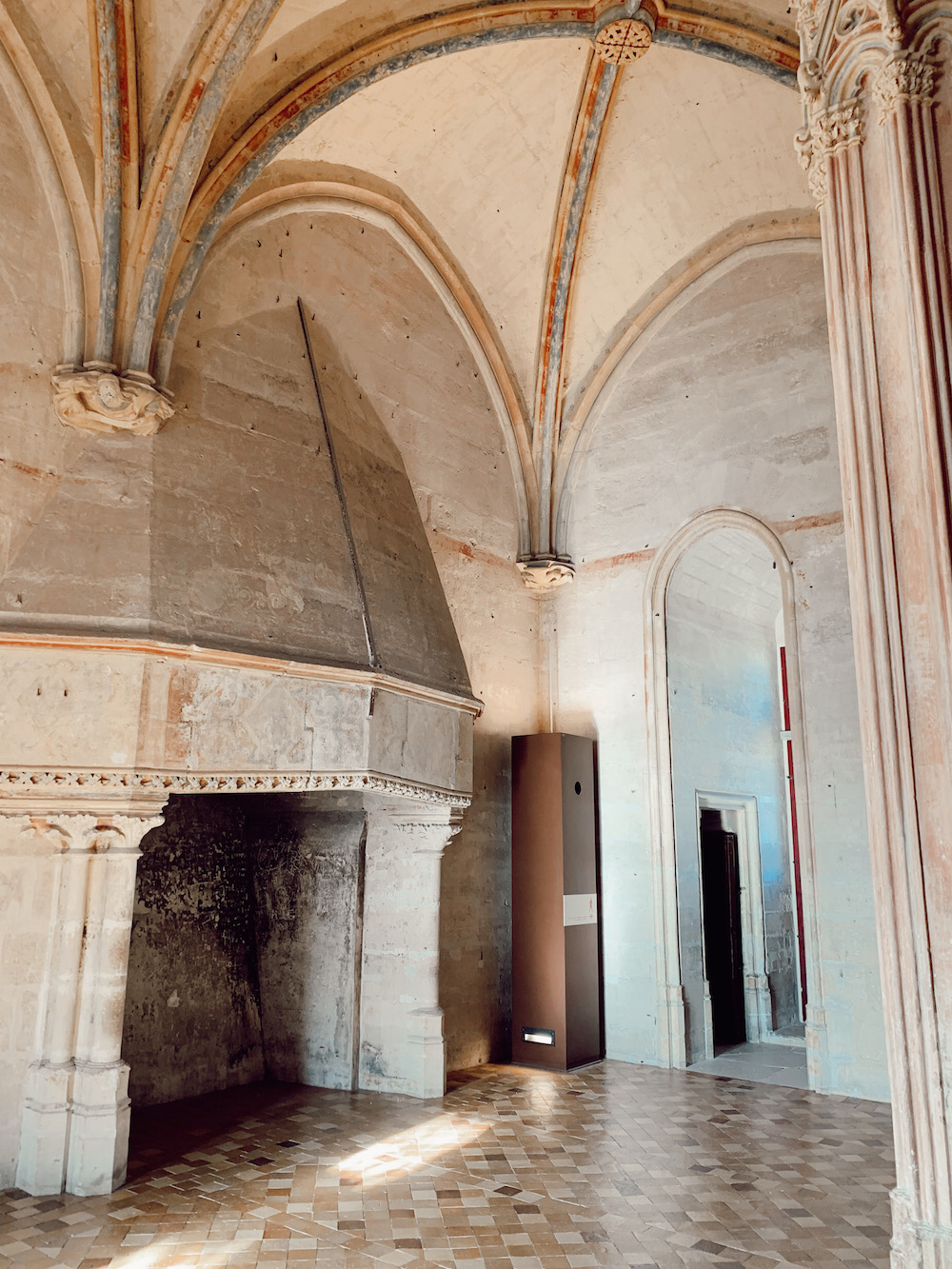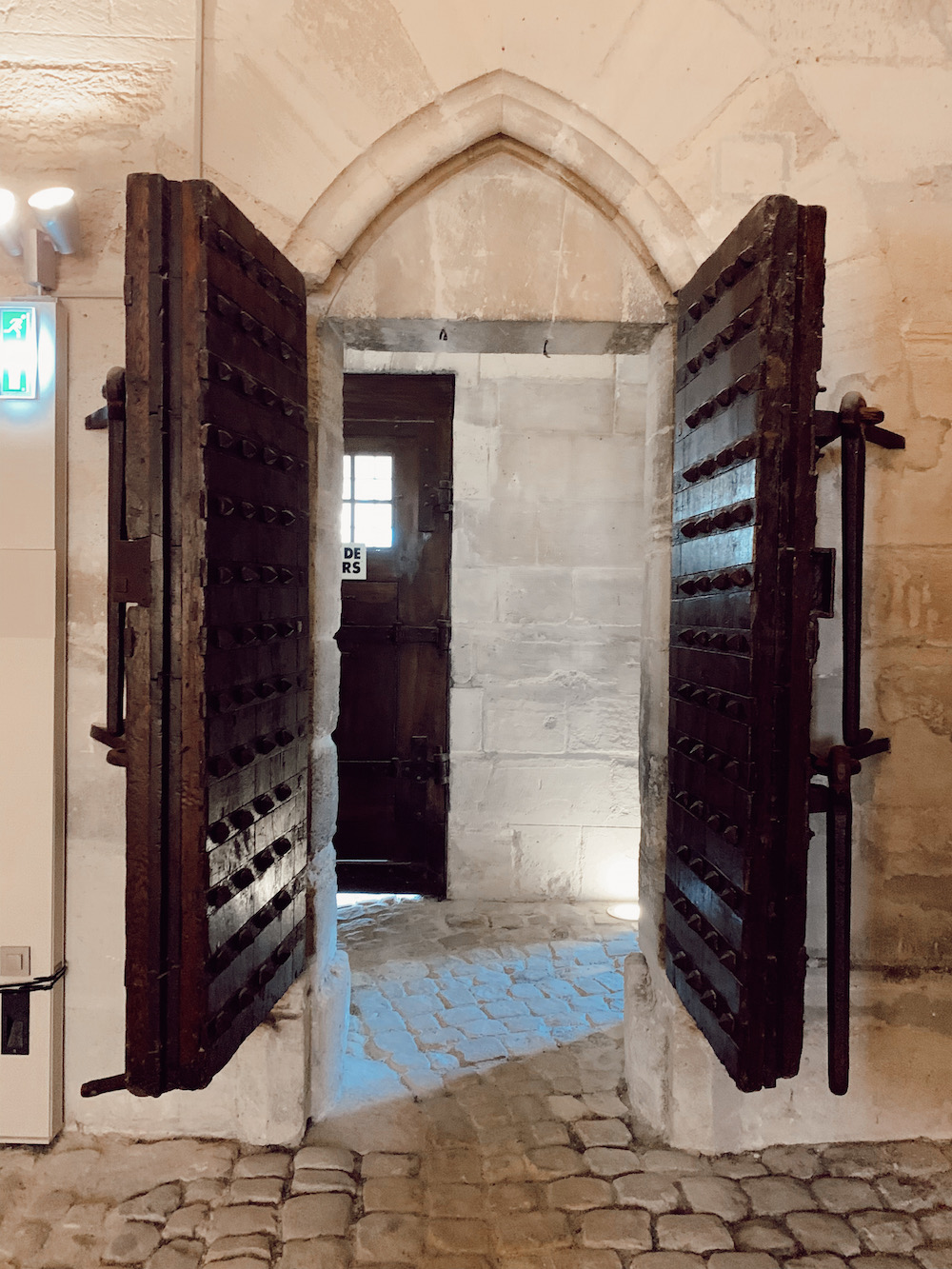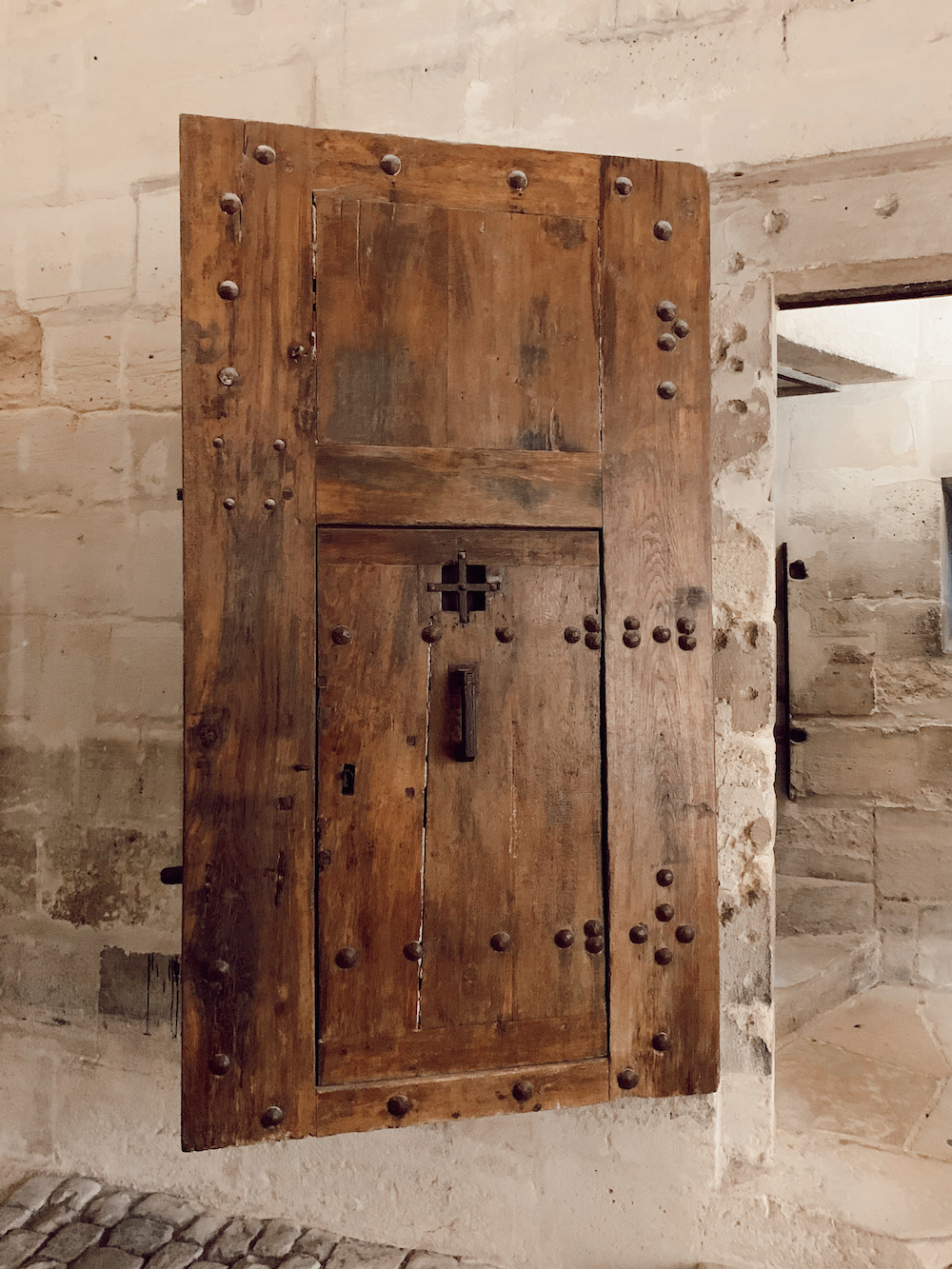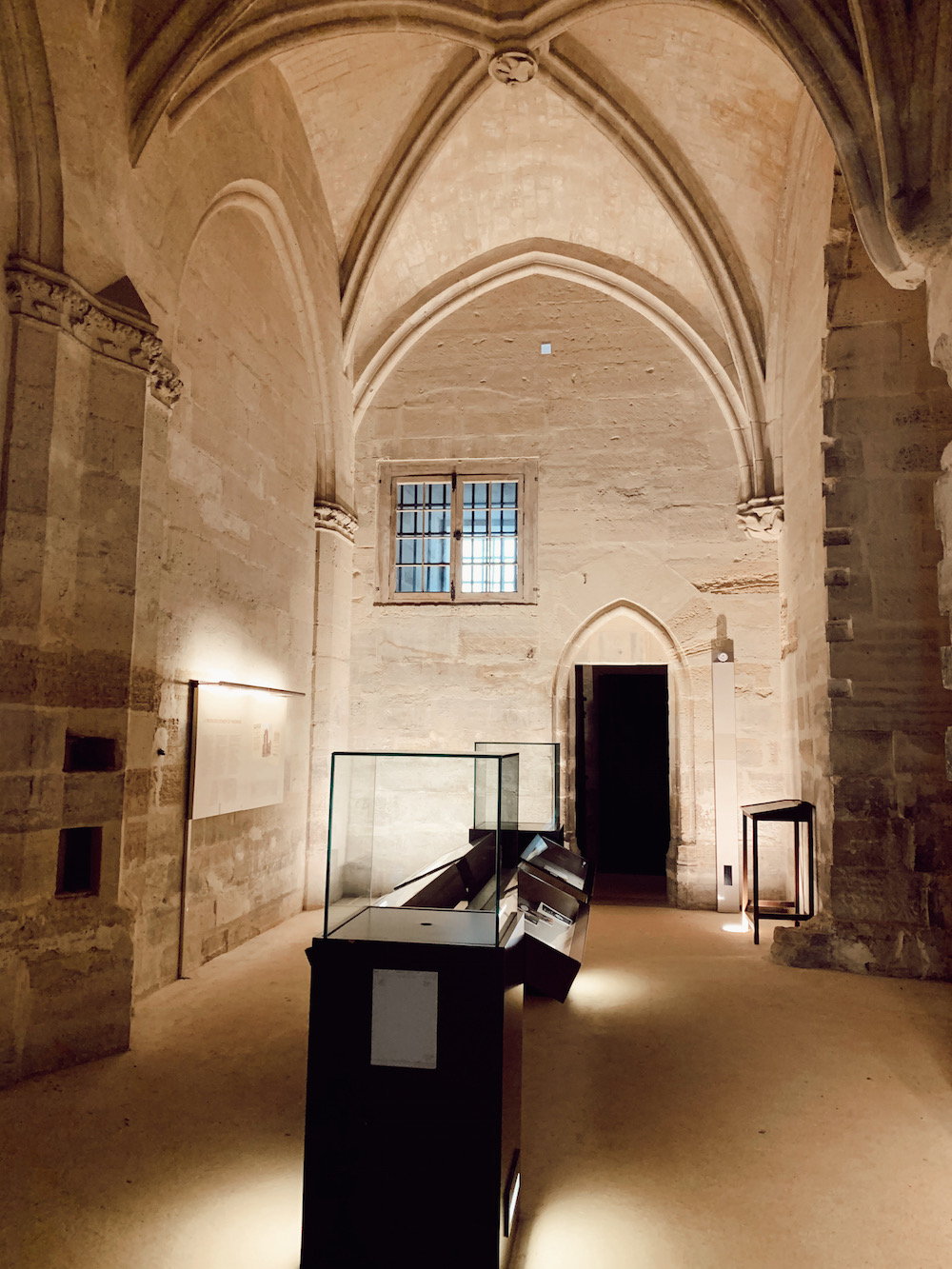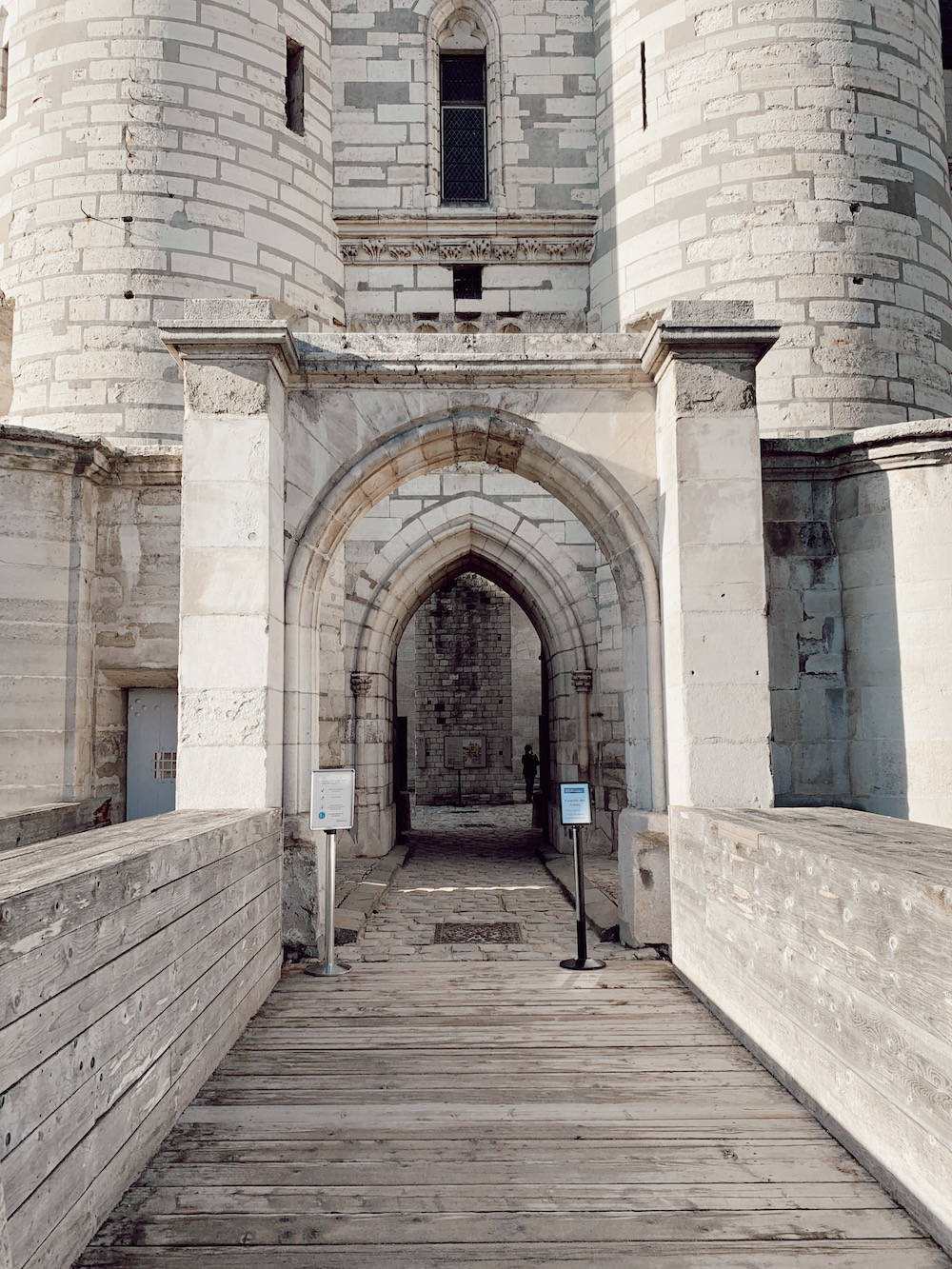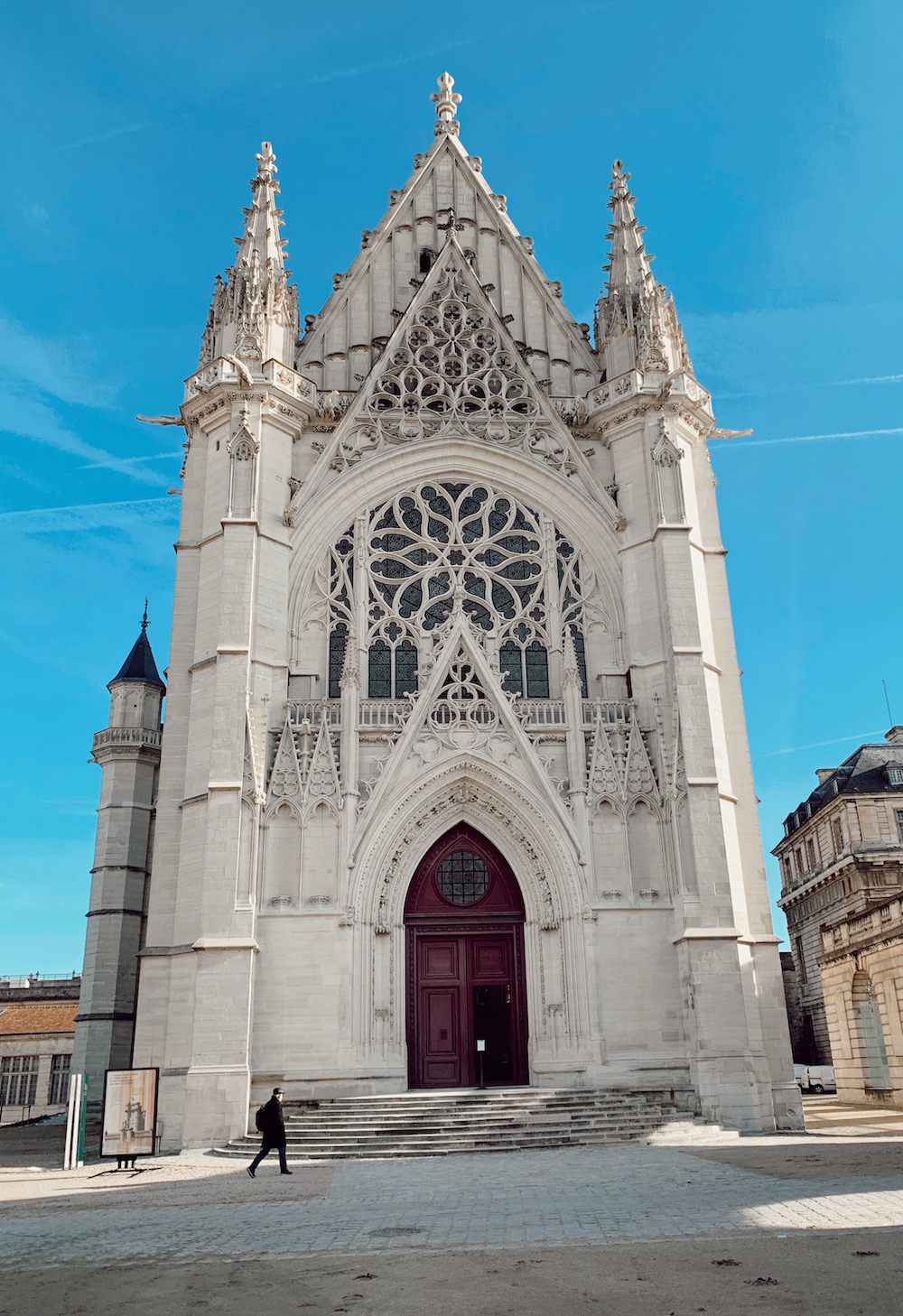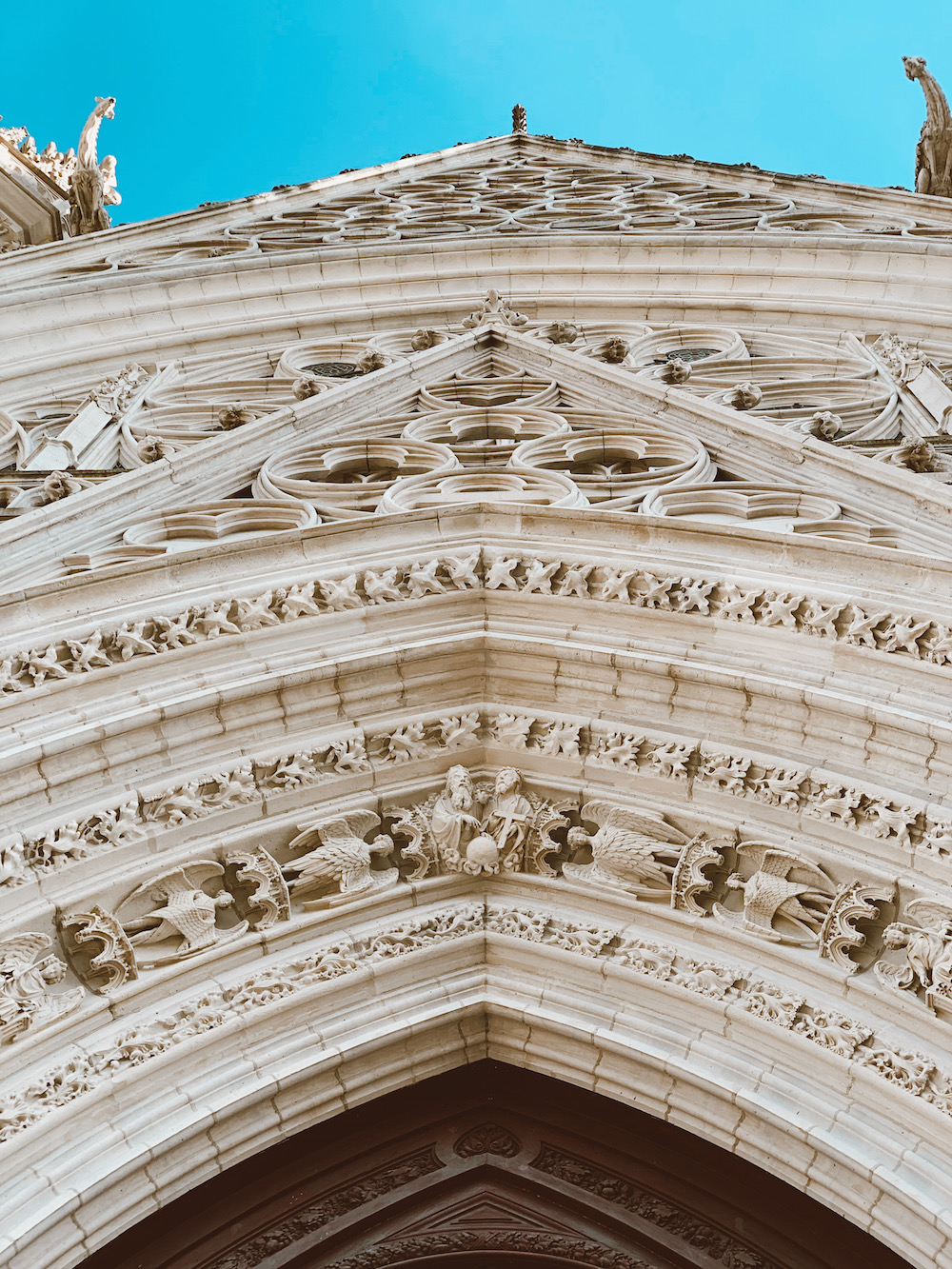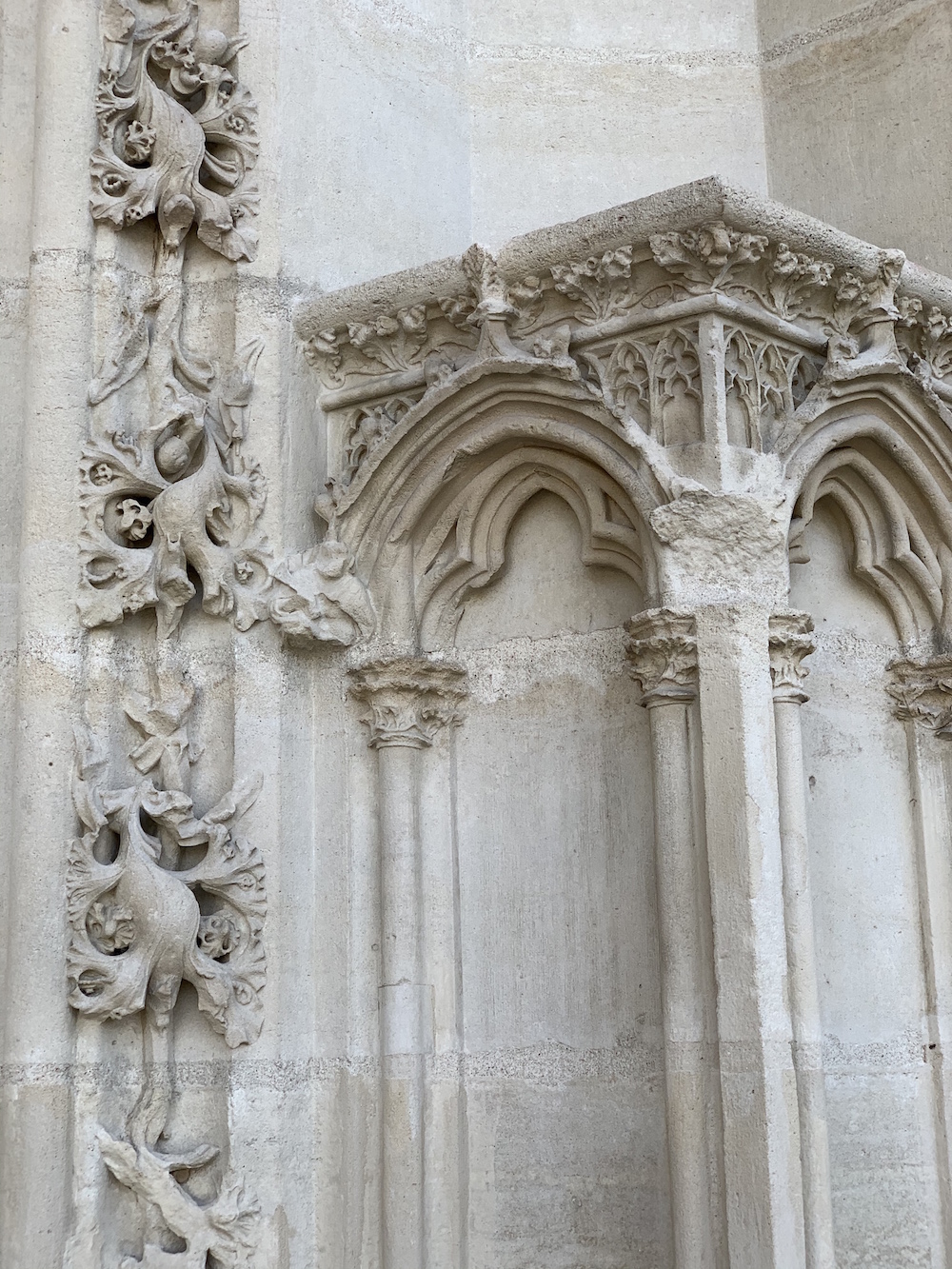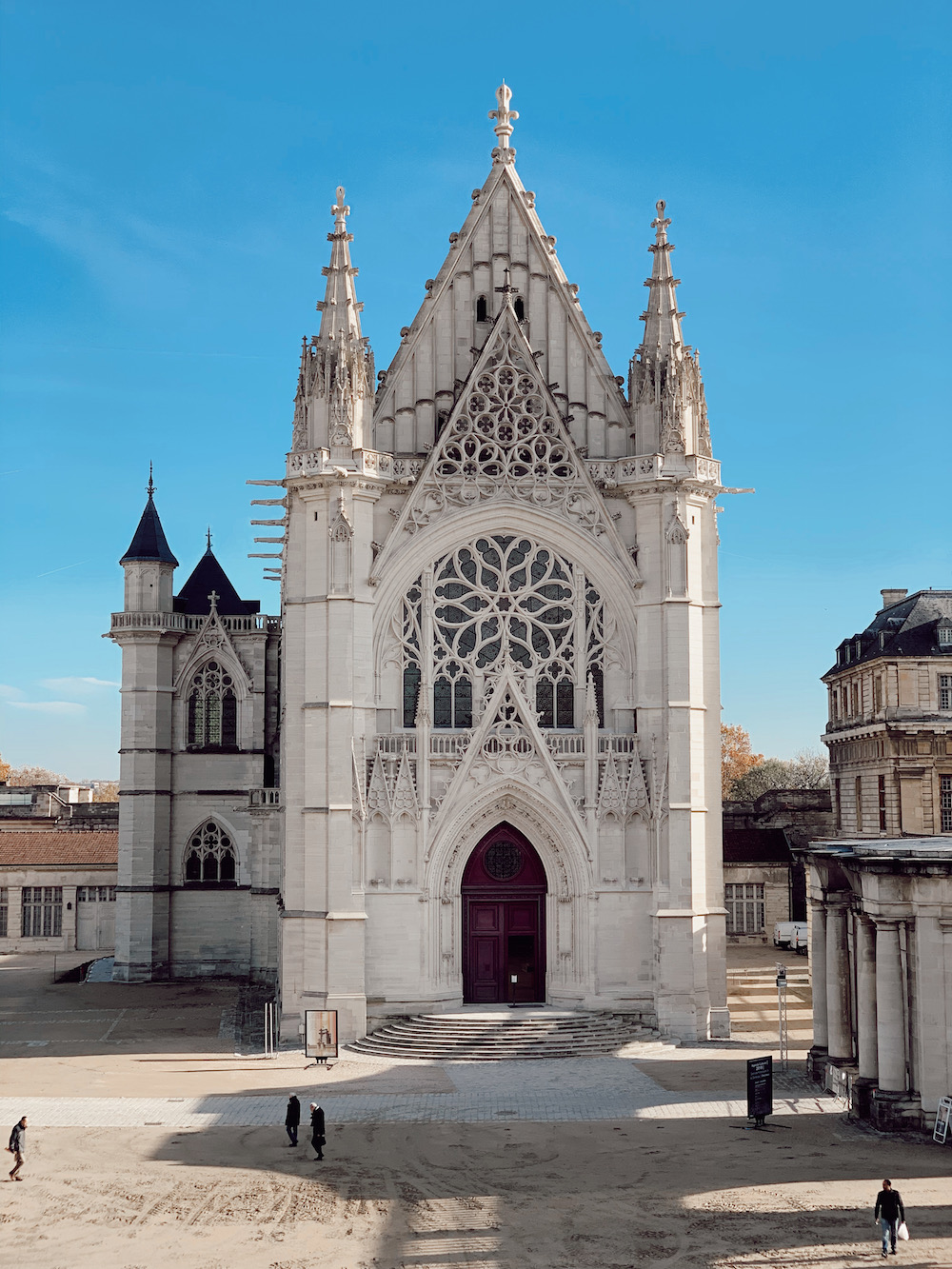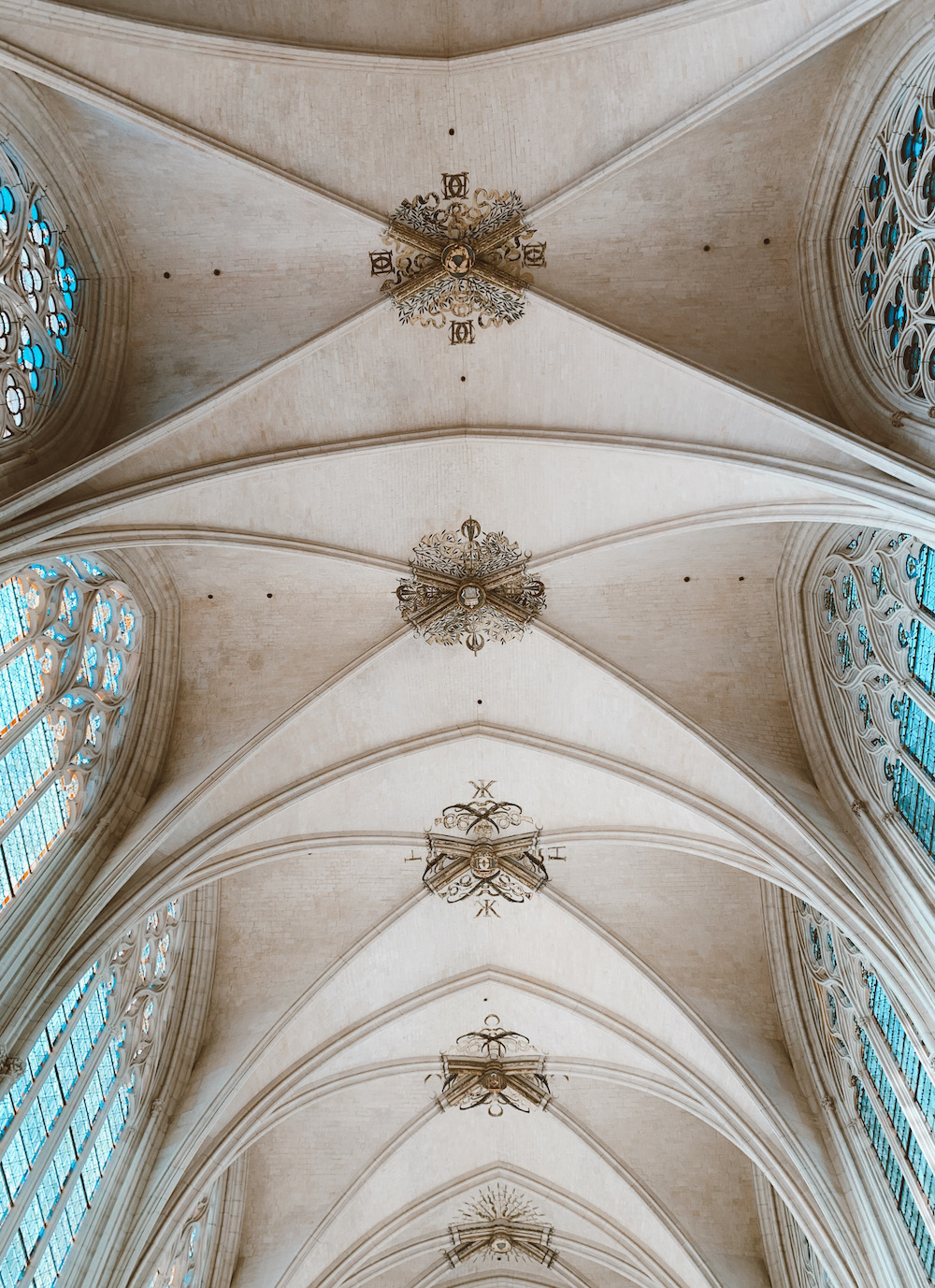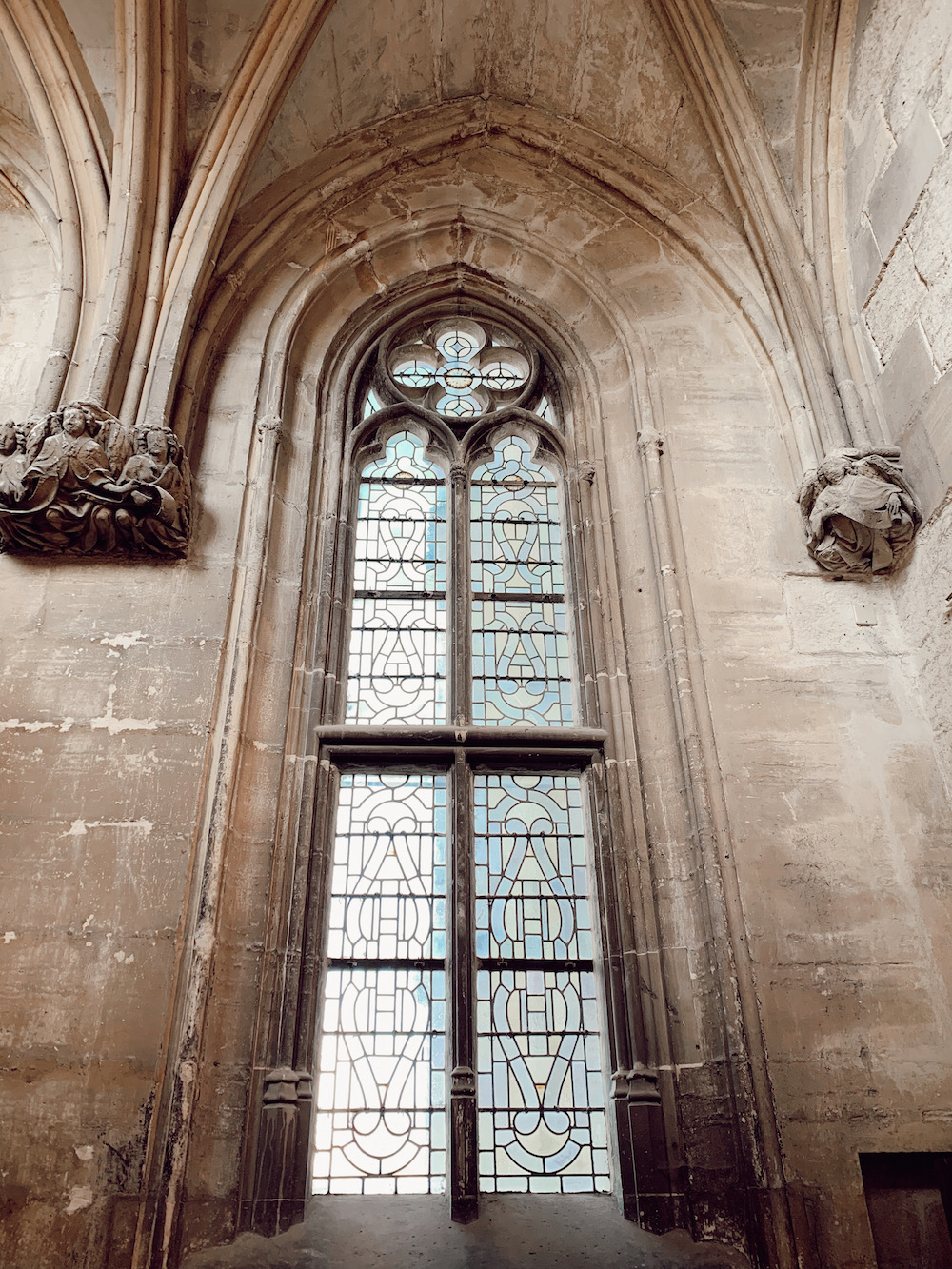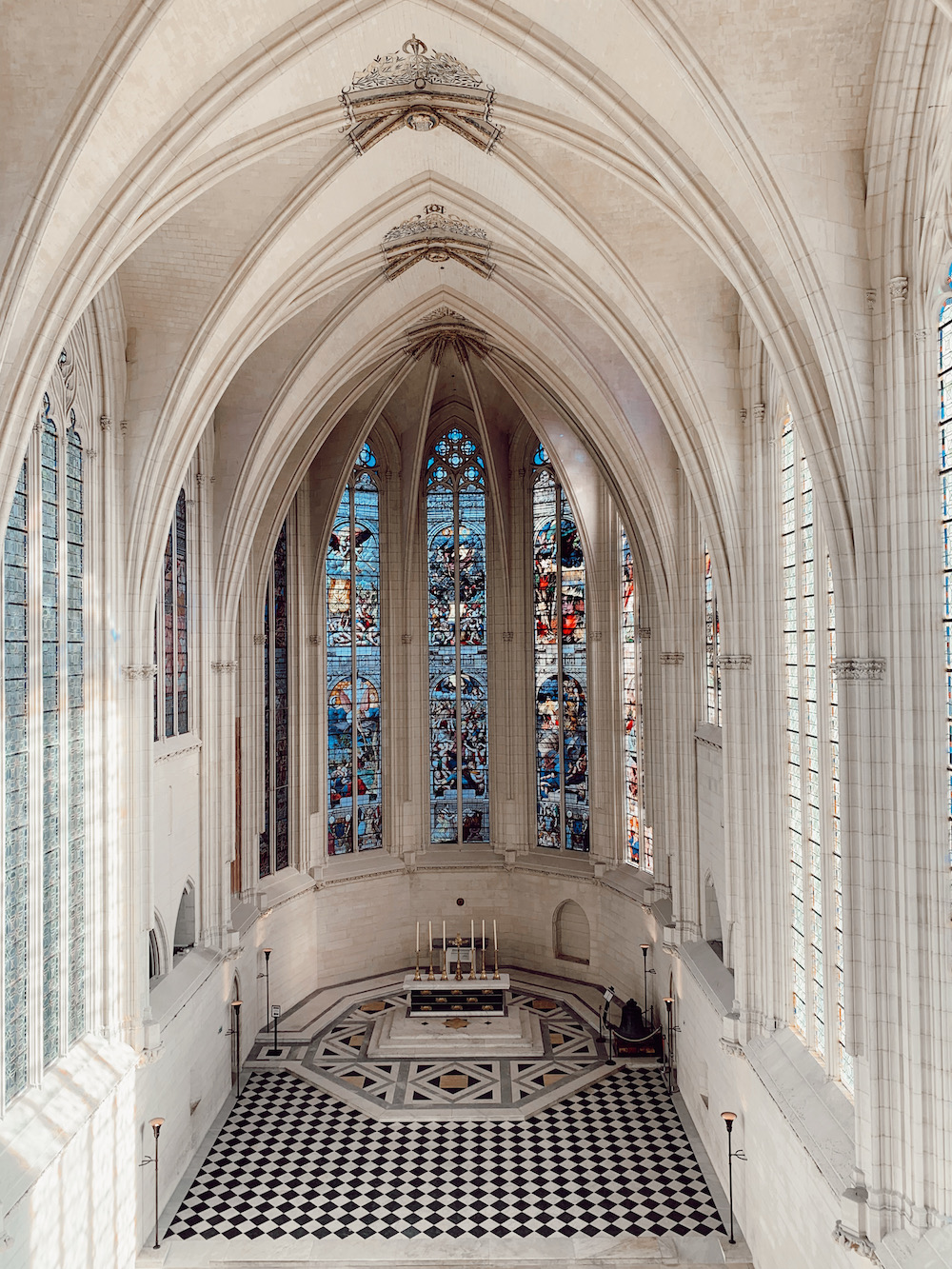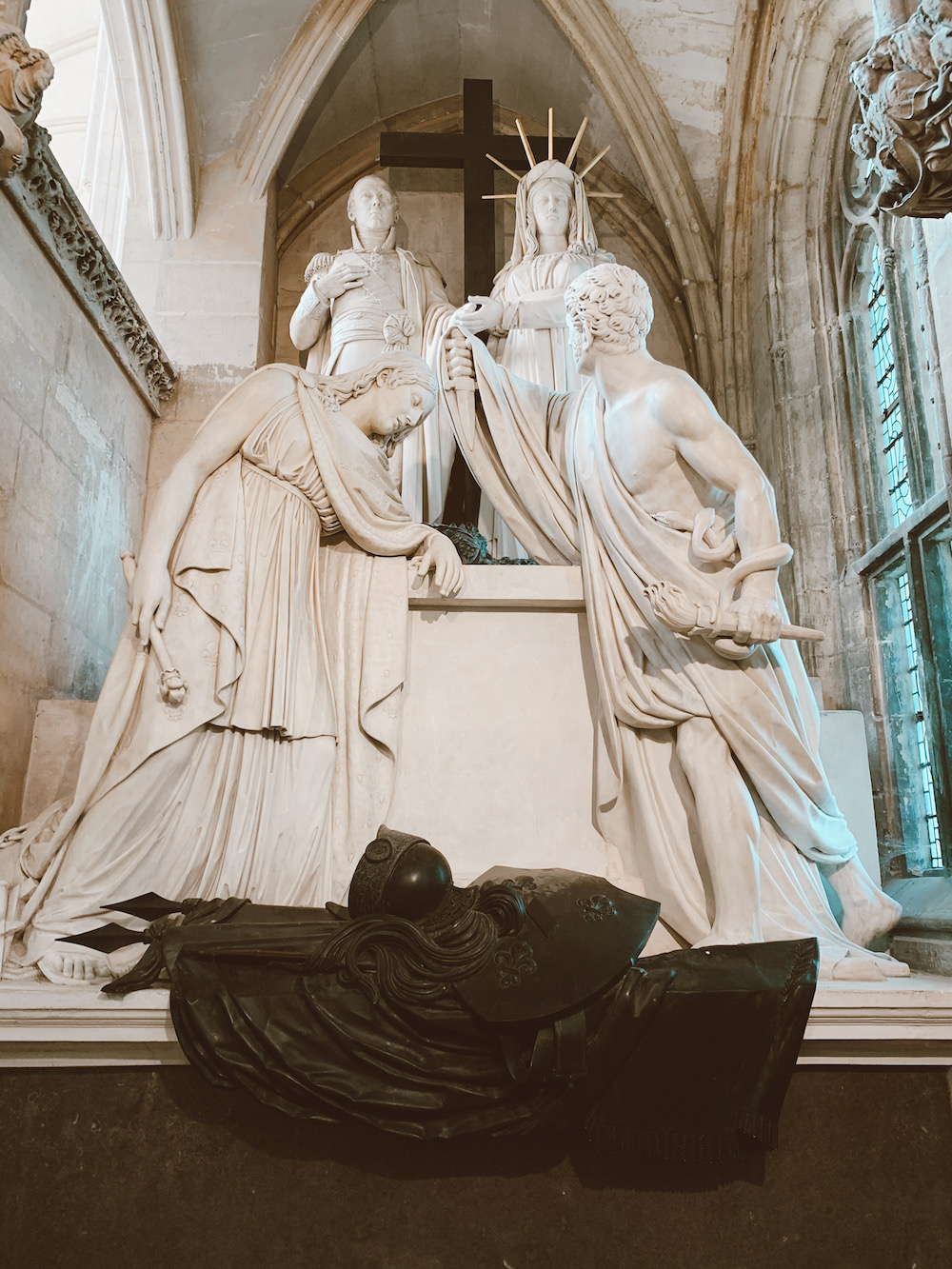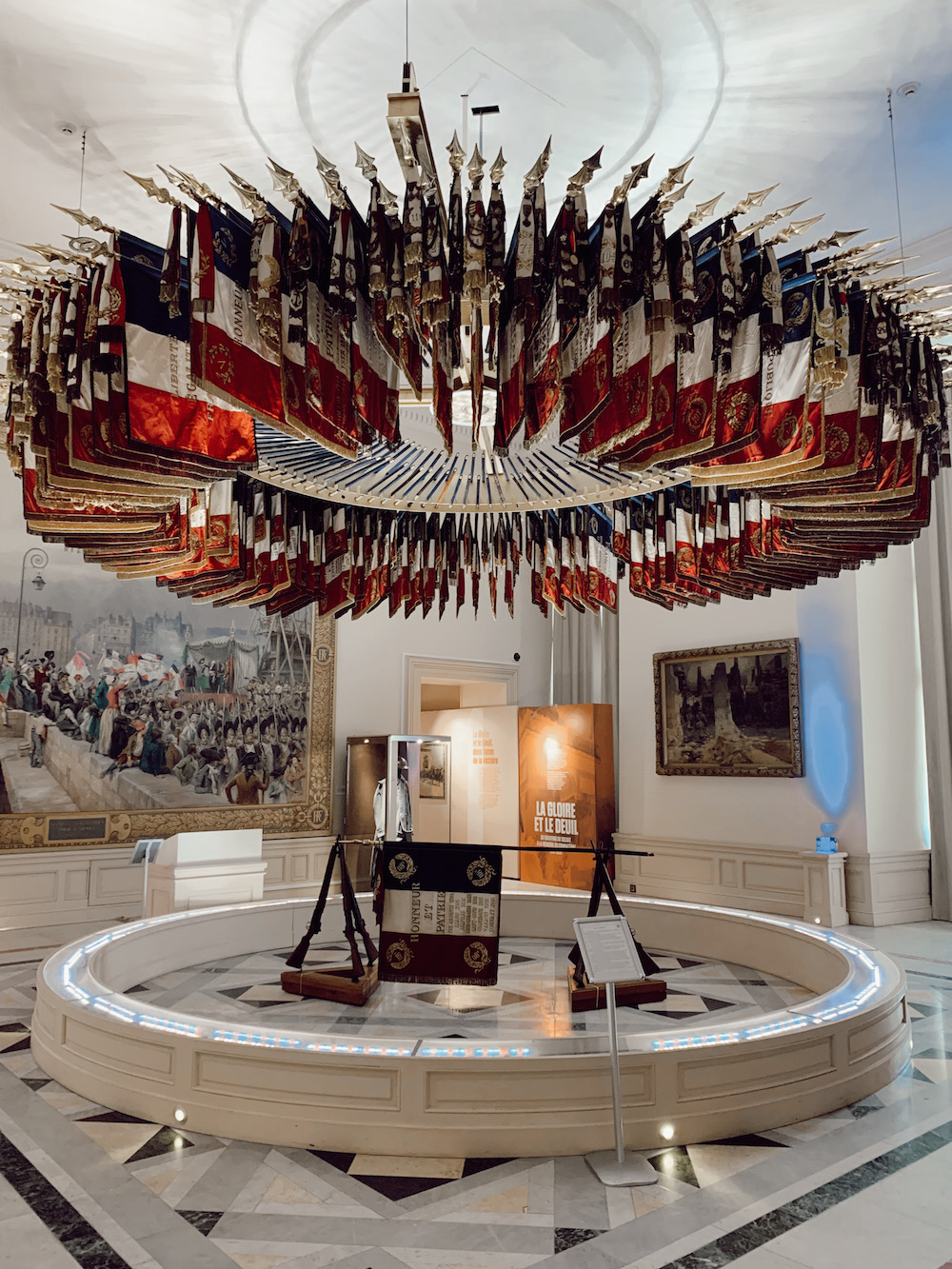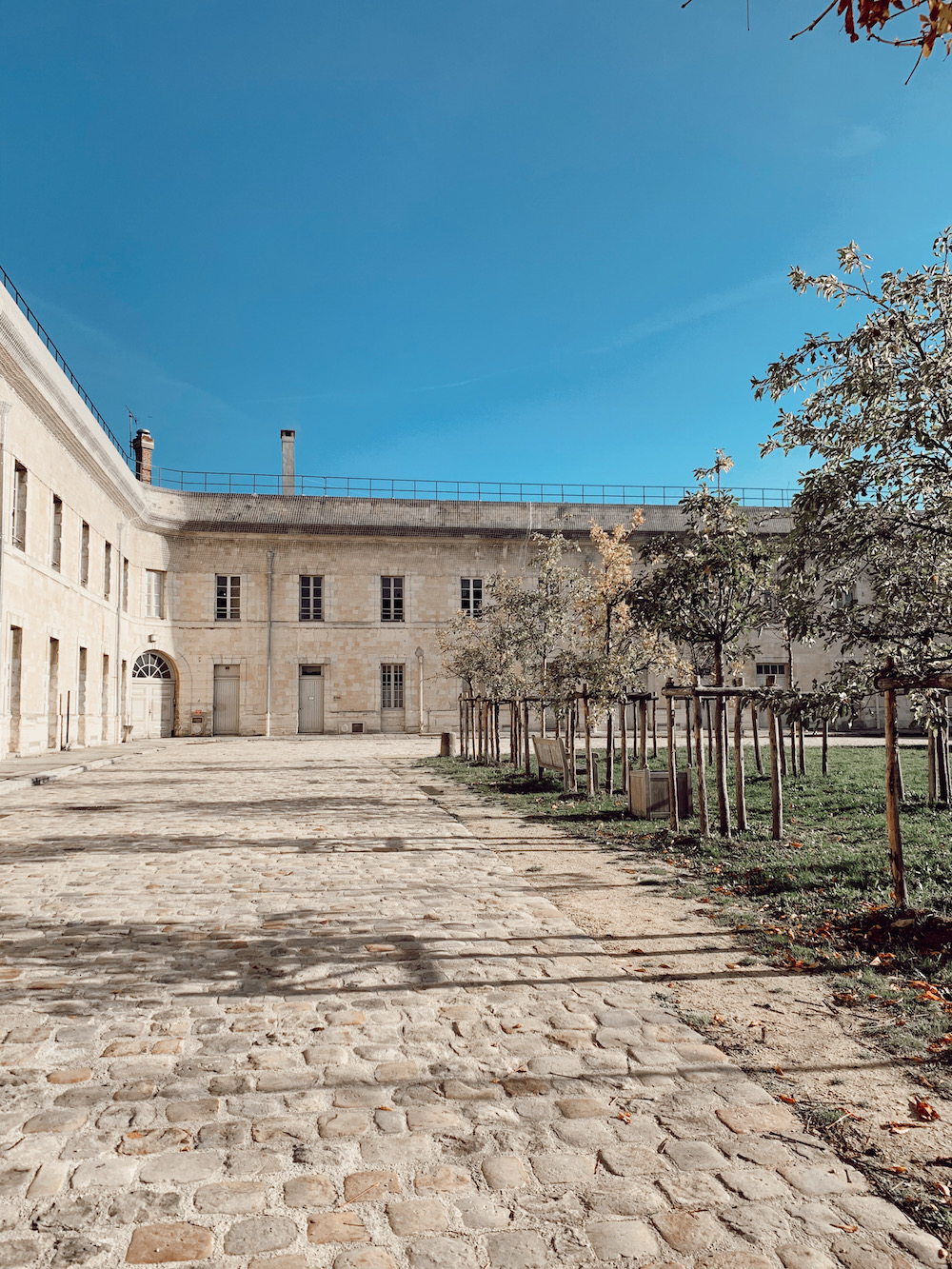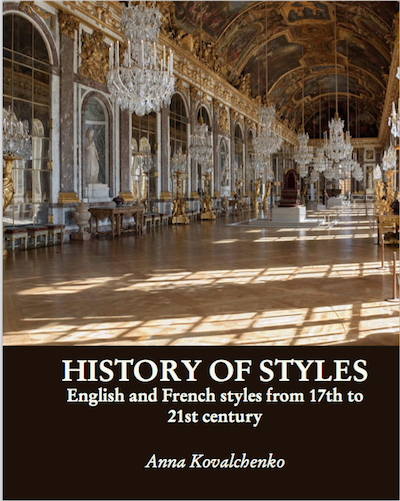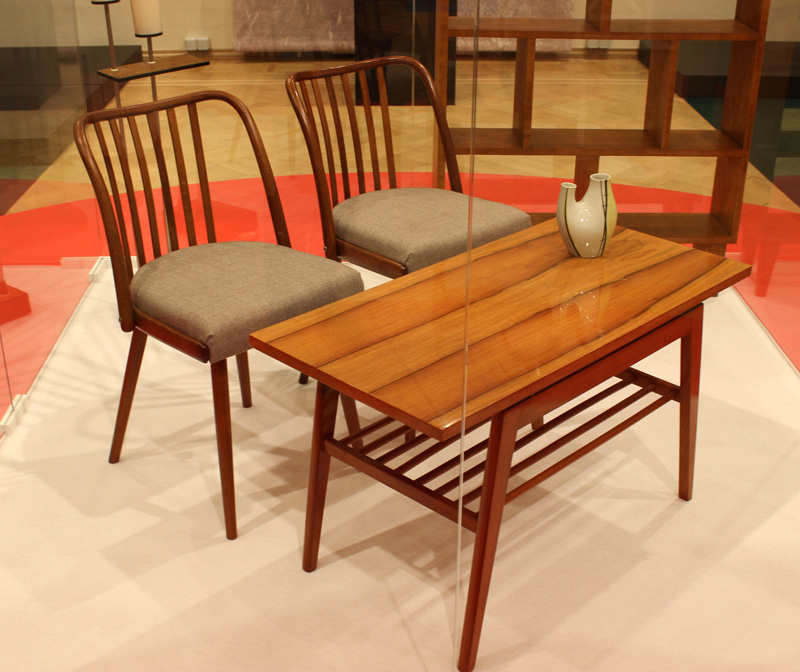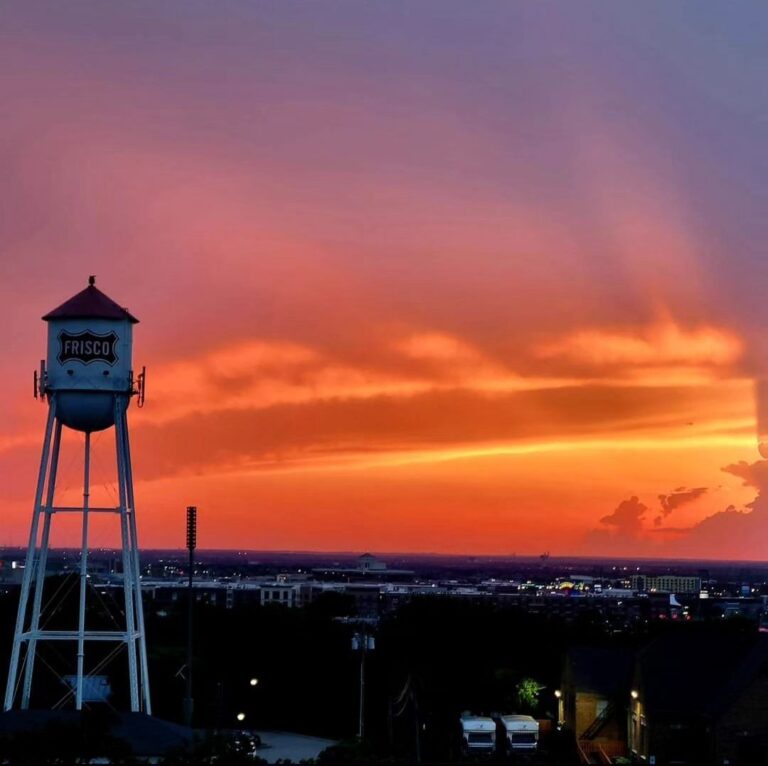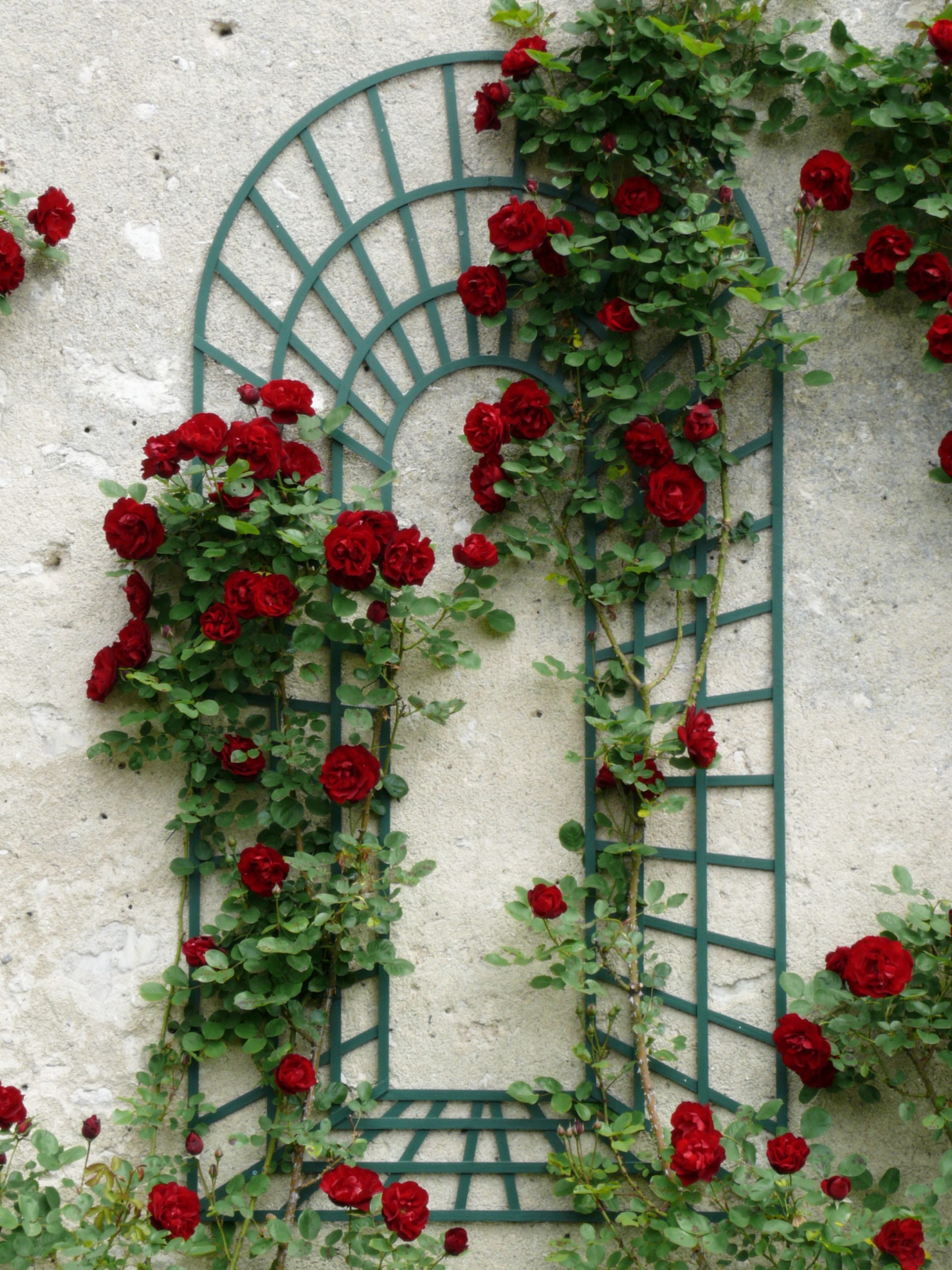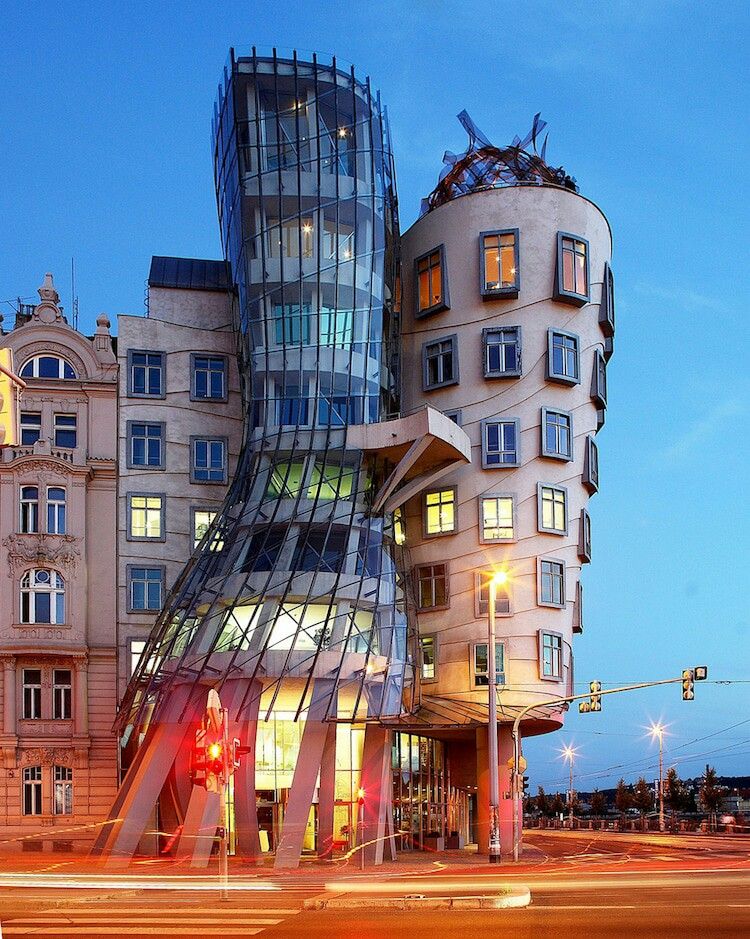A Day Visit To Château de Vincennes
In the middle of the XII century on the outskirts of Paris was built a royal hunting house in the Vincennes forest. Its first owner was Louis VII. Over the next century, this house was used for royal hunting, and it was expanded several times. By the end of the 13th century, the hunting lodge turned into an elegant Vincennes castle (Château de Vincennes), which became the residence of the Valois dynasty. For several centuries, the Château de Vincennes has witnessed the most important life events of the French monarchs.
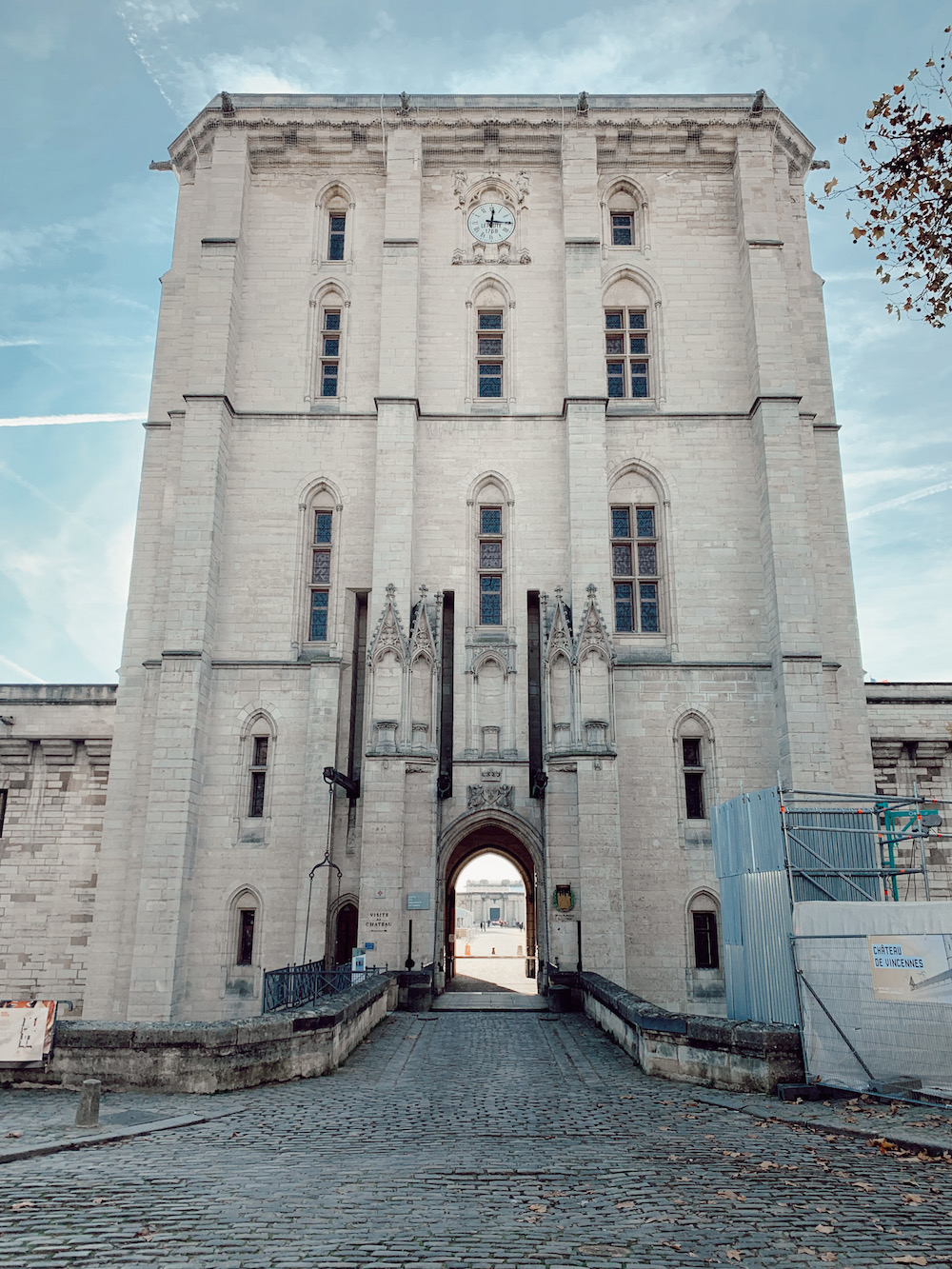
Since the XIV century, it was decided to strengthen the defence of the castle. By order of Philippe IV, a fortress wall was built together with a 52-meter-high tower. This tower became the highest in Europe and has remained such to this day. During the reign of Charles V, the dungeon was his personal residence. The tower included the monarch’s chambers, and the entire royal administration.
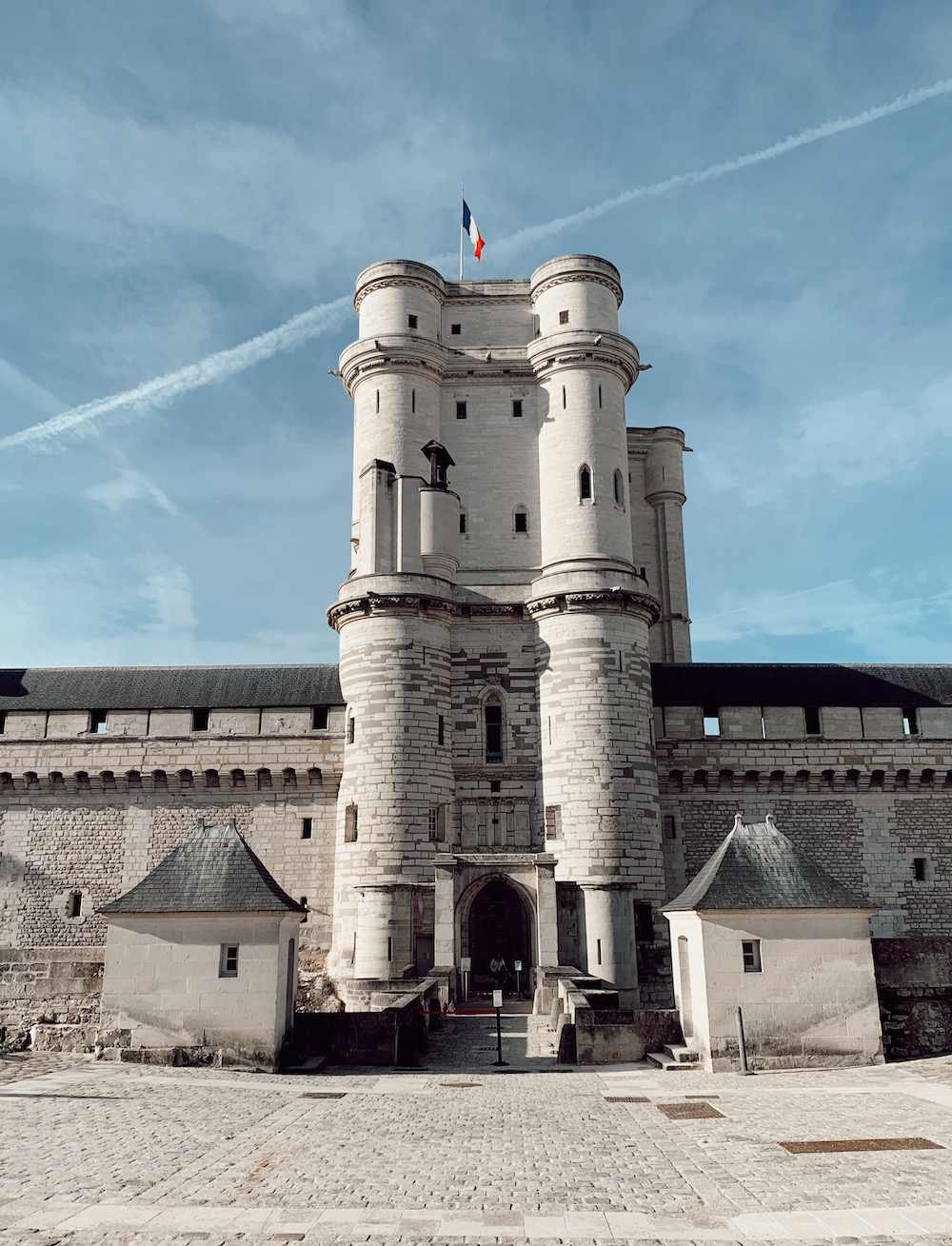
Under Charles V, the construction of fortified structures continued. A powerful fortress wall of 12 meters high surrounded the buildings in a ring; six tall towers and three gates were built. Covered walkways were constructed along the ramparts. These galleries were called the “Walk of the King”.
For a long time, Château de Vincennes was the most important residence of the French monarchs, but by the end of 1660 the Versailles was built. Louis XIV moved to a new castle, and a porcelain factory (future Sevres manufactory) opened in Vincennes. Since 1796, military barracks and an arsenal were built on the territory of the castle.
The Vincennes dungeon became a state prison in which noble persons were serving their sentences. In the late 15th century Louis XI adapted the dungeon to hold some of his prisoners. From the 16th century it officially became the prison for religious dissenters, political opponents and some criminals. From the 17th century, prisoners were incarcerated at Vincennes to be kept in solitary confinement, like Fouquet (1615-1680), Superintendant of Finances, imprisoned in 1661 on the order of Louis XIV. In the 18th century Vincennes became together with Bastille, a symbol of royal despotism. Some prisoners here were victims of royal ‘lettre de cahet’ (ordering imprisonment without trial).
The prisoners of the Vincennes prison enjoyed relative freedom: many of them were allowed to read and write letters, walk, hunt; some were accompanied by family members and servants. Many prisoners left autographs, inscriptions and drawings on the walls.
In the 19th century after the Revolution the ministers of the deposed monarchs were imprisoned at Vincennes, which continued to be used as prison until the end of the Second World War.
The king’s bedchamber
The second floor was entirely occupied by the king’s private apartments. The central room was the bedchamber, the corner towers housed the royal chapel, linked to an oratory, the wardrobe and the treasury. These rooms were almost all fully wood-panelled and heated by canopied fireplaces. The bedchamber was luxurious and comfortable with large windows, decorative carving, painted wood panelling and ancillary rooms. In 1461, Florentine ambassadors discovered and marvelled at the sophistication of its decor. Here Charles V stored the most precious manuscripts, including two psalters that had belonged to Saint Louis.
Under Napoleon III, the fate of the Vincennes castle changed. In 1855, the emperor ordered the creation of an English garden with four artificial ponds on its territory. The Vincennes forest was united with the neighbouring parks, paths were laid across the entire forest. The park has become accessible to all Parisians. In 1863, a hippodrome was built on the south side of the Vincennes Forest, and in 1894 a racetrack. The Japanese-style Botanical Flower Garden was created in 1907. Since 1932, a zoo has opened in the Vincennes forest.
In 1380 the chapel of Saint-Chapelle was built based on the model of Sainte-Chapelle on the island of Cité. It was a one-nave temple of unusual proportions in the style of French Gothic. The tall narrow building was decorated with slender towers, pinnacles and sculptures. A large rose window was cut above the entrance lancet arch.
Two chapels were placed on both sides of the apse: one for the king, the second for the queen. The stained glass windows of the temple were made in the 16th century by the master Nicolas Boren.
The Castle
The main building of the castle had the shape of a rectangle, it was surrounded by a moat (the moat has survived today, however, it no longer has water). Under Louis XI, royal apartments were moved to this building; for several years, young Louis XIII lived with his mother, Maria Medici. In the time of Louis XIV, two symmetrical classical pavilions were built with a common courtyard for the king and queen, and openings were made in the southern part of the fortress wall. This stage of reconstruction was carried out by architect Louis Levo. A tower clock and a bell were installed on the bell tower in 1639, which called the inhabitants of the castle to pray.
Want to learn more about various historic styles? Check out my History of Styles eBook:

